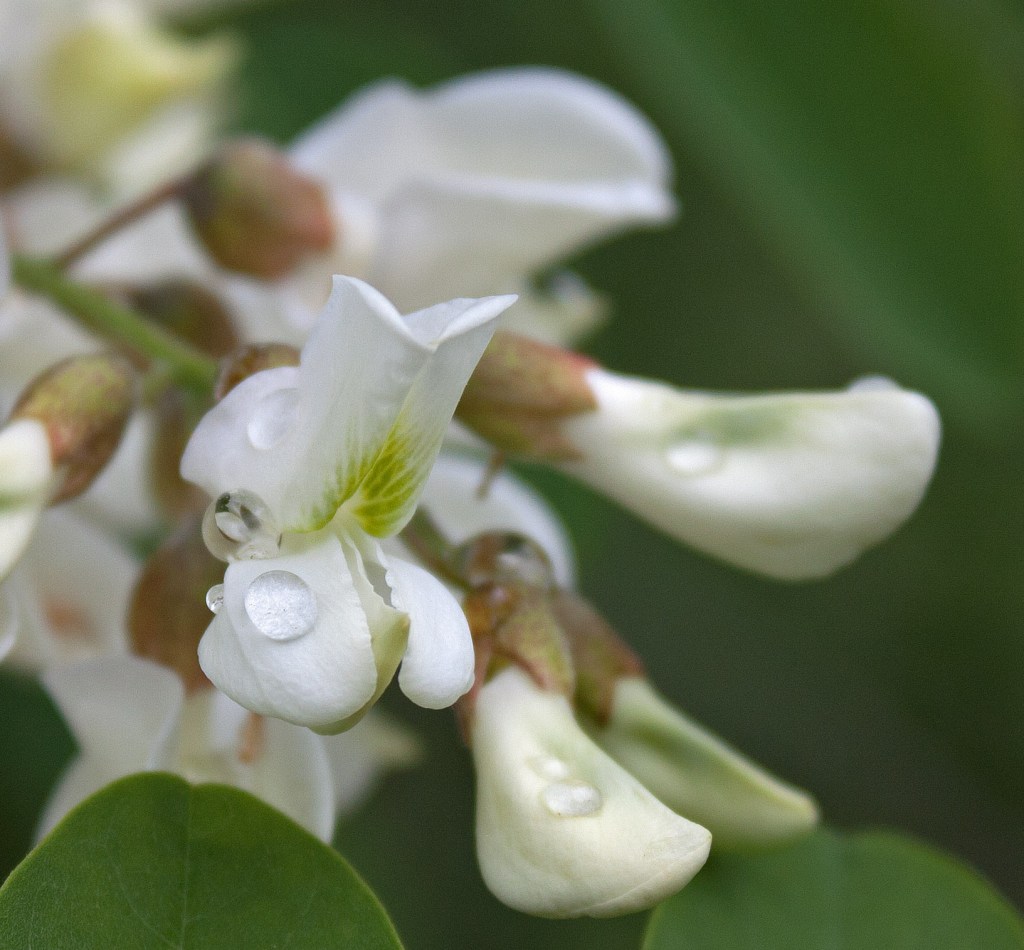
Some days ago, when I entered the riparian forest of the Otonabee River, I caught a sweet burst of ambrosia in the air. It was as though the entire forest was releasing a heady perfume.
At first I thought it was the lilac, but they had already finished their bloom and they weren’t in the forest. Besides, this heavenly scent was sweeter, more complex, and ethereal, with a touch of vanilla.
Samuel Thayer, author of The Forager’s Harvest, describes it this way: “it is the time between spring and summer, when the beaches are crowded with laughing children, the parks with cheeping ducklings…and there is that smell. It doesn’t creep into your window like that of apple blossoms, or rise with heat waves under the relentless sun like that of pine and sweet fern; it hits you with a burst and fills your passages like an olfactory flood. How does one describe such airborne ambrosia?”
Then I saw it: a young black locust tree on the forest edge, in the small meadow of the woodland. It had just burst into bloom and was now covered in dangling tassels of cream-coloured flowers. As Thayer aptly described, this flowery show puts “the most lavishly overdone Christmas tree to shame.”
Alas, this aromatic show only lasts a little over a week in early summer, and its peak time—when the blooms are harvestable and at their most flavourful and most aromatic—lasts only a few days. I knew this, had anticipated it, and realized that I needed to act soon, if not immediately, to forage this beautiful edible. More on that later.
How the Black Locust Got Its Name
Wesley Greene at Live Science explains how the Black Locust got its Latin name, Robinia pseudoacacia: “The genus Robinia is named for Jean Robin, a Parisian apothecary appointed as the king’s arborist to Henry III, a post he retained under Henry IV and Louis XIII. In 1597, Robin was given the commission to lay out the garden for the Faculty of Medicine, which later became the famous Jardin des Plantes in Paris.
Swedish scientist Carl Linnaeus credits Robin as the first European to plant the black locust in Europe, giving the introduction date of 1601. Linnaeus also renamed the locust from Acacia Americana Robinia to its present Robinia pseudoacacia, in Robin’s honor. The original tree, transplanted several times, was alive as late as 1963 in the gardens of the Museé d’ Histoire Naturelle in Paris.”
Black Locust Description & Ecology
The black locust (Robinia pseudoacacia) is a member of the legume family or Fabaceae, which include the pea and bean. It is a tall upright tree with a narrow crown and typically grows from 20 to 30 m; older trees can reach as high as 50 m with a 1.6 m diameter. They typically inhabit open forests, forest edges and meadows with dry, well-drained soils. Some describe it as a lanky, spindly tree; in late spring, when other trees are putting on their summer dress of flowers and leaves, the black locusts rise up like pale skeletons, bare limbs looking dead and listless. In reality, the locust waits to go into leaf and flower and is often the first to drop its leaves in the fall.
The use of the black locust by the indigenous people of North America to form their bows was recorded in the 1700s by settlers. It was exported along with Sassafrass to the old world for a range of applications: from lining garden beds, fence posts to telephone poles, tool handles and mine props and pins for ships. According to Eric Sloane, it was also used as material in living hedges and fencing due to its thorns.
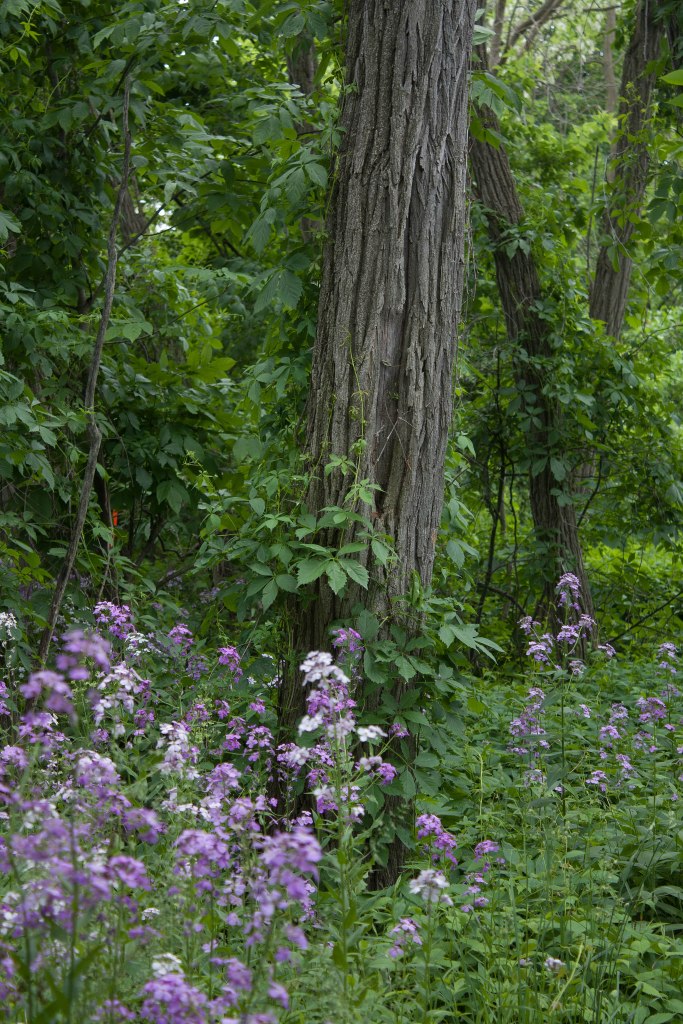
The black locust is not a native of Ontario. Its native range is restricted to the Ozarks and the central and southern Appalachians. However, the tree has been cultivated at nurseries and used in both landscaping and ecological restoration of damaged ecosystems across the world.
According to the US Forest Service, the black locust has “escaped cultivation.” Ontario and other jurisdictions consider it an “invasive species”—even in its native country. Thanks to its highly successful reproductive strategies and hardy nature, the black locust is currently one of the most widespread tree in the world. According to Thayer, it is commonly found on roadsides, in old fields, urban areas and disturbed forests over most of the eastern half of North America. And yet, in many cities in Canada, the tree has been favoured by urban foresters as a street tree in a trade-off of its invasive characteristics with its great ability to survive and thrive in the city (despite the air-pollution), providing a wonderful scent with their flowers in spring and attractive dappled shade in summer, and smaller less messy leaves to rake up in the fall. It is the 13th most abundant species of street tree in Halifax. When I lived in Lunenburg and Mahone Bay, I saw several gracing the streets. In Vancouver, several streets are lined with the “purple robe,” a variety of black locust with deep reddish flowers.

My landscape architect son tells me that the honey locust is currently the preferred street tree, sharing most of the black locust’s good qualities, such as pollution tolerance and providing dappled shade from its open crown but with less invasive characteristics. A thornless cultivar (Gleditsia triacanthos var. inermis) is used by many urban foresters. In Toronto, I often sat beneath the dappled shade of a honey locust at Contra Café in Shaw Street, enjoying its bright show in the fall.
The black locust trees where I live in Peterborough, Ontario, inhabit open meadows and edges of mixed hardwood forest dominated by black walnut with a mix of ash, oak, willow, silver and Manitoba maples. In my walks through this woodland, I noticed that the trunks of the black locust were often crooked. My first thought was that this resulted from competition for light in the dim forest—given that the black locust is considered intolerant of shade. But I’ve since observed them do this in open areas. Maybe it’s just a weird tree!
Preferring less shady habitats, black locust is known to convert grassland ecosystems into open forest savannas. The tree is an early successional plant (pioneer species), after all, specializing in colonizing disturbed habitats and edges of woodlots before eventually being replaced by taller, more shade-tolerant species.
Like many legumes, black locust trees fix nitrogen from the air through nodules on their roots; this allows them to convert and assimilate atmospheric nitrogen into a form otherwise not available to them and other plants. The nodules form through a symbiotic collaboration between nitrogen-fixing soil bacteria called rhizobia and the black locust root. The bacteria convert atmospheric nitrogen into ammonia that can be used by the plant. Through its ability to fix nitrogen from the air, black locust enriches nitrogen-depleted soils, allowing other species to settle there.
Black locust also hosts over sixty native butterflies, according to Doug Tallamy, author of Bringing Nature Home. The tree provides valuable cover and its seeds are eaten by some birds and squirrels (although I’ve not seen one taken by a squirrel yet). I have seen evidence of woodpecker activity on their trunks; woodpeckers are known to nest in trucks of older black locust trees infected by heart rot.
Given its ability to grow in disturbed areas, black locust serves as an effective erosion control. Given its rapid growth from root suckers and sprouts, the black locust is an excellent tree for rapid stabilization of eroding slopes and for re-vegetating cleared lands. Their shallow, aggressive roots hold onto the soil and the nitrogen-fixing bacteria on their root system allow it to grow on pour soils. Dana at The Druids Garden calls the black locust “a first aid tree,” given its adaptability, how it deals well with disruption and disrupted soils, tolerates pollution and industrial waste.
The simple compound leaves of the black locust alternate on the branch, with 8-14 oval leaflets. Bluish green leaves come late in the spring—well after the maples, willows, and ashes—then turn pale yellow in the fall. Small dark purple (or reddish) thorns cover the trunks of young saplings and diminish with older trees, whose bark is less tasty for deer and other potential browsers. The higher branches rarely have thorns.
Black Locust Wood & Bark
The bark of a mature black locust is thick, deeply furrowed, corky and brown. Occasionally, the furrows rope across each other, forming ‘diamond’ shapes. I’m told that this tree’s wood is among the hardest, heaviest, and most rot resistant of any found in North America. The durable wood is close-grained and its pores are filled with tyloses, balloonlike outgrowths of parenchyma cells that bulge into the lumen of embolized xylem vessels; these help protect the remaining xylem from pathogens and makes the wood watertight. Flavonoids in the heartwood of the tree protect it against oxidative stress and fight against decay, allowing the wood to last over 100 years in the soil. These secondary metabolites, which are also responsible for the colours and smells of the tree, also provide frost hardiness and drought resistance. This reminds me of the compounds in the cedar tree that fight decay as well as provide its unique aroma. Black locust wood burns slowly, with little visible smoke and a higher heat content than any other tree in the Eastern United States, according to foresters Raymond L. Huhnke and Max R. Craighead.
While young saplings often bear dark purple (or reddish) thorns on their trunks, these diminish with older trees, whose bark is less tasty for deer and other potential browsers.
Black Locust Sexual and Asexual Reproduction
The black locust successfully reproduces and spreads through several strategies: self-seeding and the use of suckers. Black locust typically puts out root suckers after damage. The main trunk may also grow sprouts, particularly if cut down.
Black Locust Flower
In late spring / early summer (late May/early June in Ontario) the black locust bursts into intensely fragrant bloom. Some liken its aroma to that of orange-blossoms. Large pea-like flowers hang in loose clusters (racemes) at the ends of the tree’s branches. Each cluster can be up to 20 cm long and hold a dozen individual flowers. As with the basswood flower, the locust flower is a delicate creamy white. A yellow spot exists on the upper petal, target for the bees, and signals a fresh flower at its peak in fragrance and taste. During a short camera session, I witnessed numerous plump bumble bees, legs heavy with pollen and nectar, sampling the flowers’ copious sweet nectar.

The flower is perfect (contains both stamens and pistil). It typically has ten stamens enclosed within its petals. The stamens are fused together, with filaments of nine joined to form a tube and one stamen separate and above the joined stamens. This is called a diadelphous configuration. The ovary is superior and contains several ovules. The calyx (fused sepals) look like a leafy tube and is most often dark green; but I have seen many blotched with red.
Once fertilized, the flower forms a typical legume fruit with a 2-inch long seed pod that is flat and pea-like and typically holds four to eight pea-sized seeds. The pods start out green and eventually turn dark brown. In some trees the pods cling to the tree all winter and finally give out the following spring. Others drop their seeds in early winter.
Black Locust Seeds, Thorns & Leaves
While the aromatic flowers are edible and tasty, the pods, leaves, roots and bark of the tree contain the metabolite toxalbumin robin and phasin, considered toxic to animals and humans, and causing symptoms from gastrointestinal distress to nervous system disorders. Toxalbumin is a toxic plant protein that disables ribosomes and inhibits protein synthesis, producing cytotoxic effects. Horses that consume the plant show signs of anorexia, depression, incontinence, colic, weakness and cardiac arrhythmia. Thorn punctures or scratches can also cause swelling and a rash. I know. I once carelessly brushed past a young locust and the scratches smarted and swelled.

Harvesting Black Locust Flowers
The first thing I did was bury my nose in a cluster of tasseled flowers. Their fragrance burst with ambrosia perfume, a heady fragrance reminiscent of lilac, but sweeter with a hint of vanilla. I picked a few flowers off the dangling stems and stuck them in my mouth. They tasted just like they smelled, with some added pea but with lots of vanilla and with some crunch (of the flower ovary). Frankly, I was surprised at how much flavour was packed in these flowers.
I returned later with a bag and collected several flower clusters. I’d read about making them into fritters and was intrigued.
The preparation was very simple. The recipe called for a simple loose batter of flour and water (no spices) then dipping the flower cluster in the batter and deep frying or, as I did, frying in butter in a cast iron skillet.
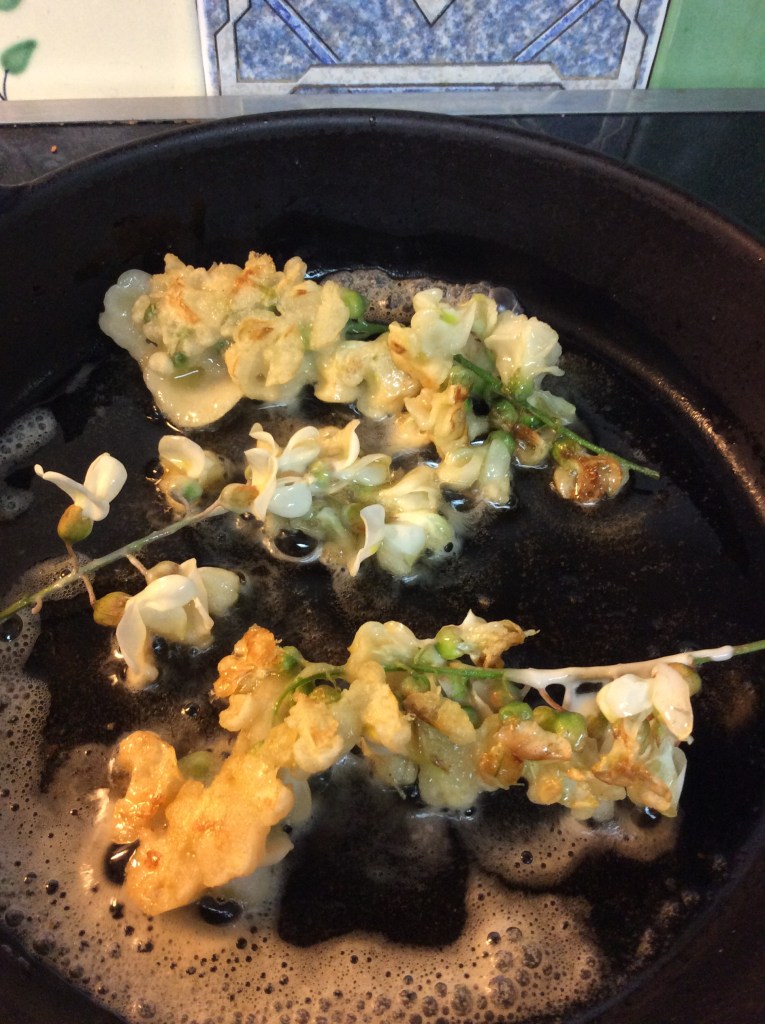
After frying several fritters, I tried one and was again surprised at its incredible flavour. There was, of course, the buttery taste and texture of the fried fritter, but the petals and ovaries of the flowers added an elegant complexity that burst in the mouth and lingered like a good wine. I couldn’t wait for the rest of the meal and simply ate the flower fritters off the stem like grapes.
I did save some. I added my black locust fritters as a side dish to my baked trout (with mayo and dill topping) and green bean salad. It was an exquisite dish for the senses. The fritters added an exotic flavour, texture and aroma to the delicate fish meal.
In my father’s home country of Romania, the flowers are used to make a sweet perfumed jam. The flowers are harvested, seeds (ovaries) removed, and petals boiled with sugar to obtain a light and delicate perfume jam. According to Cuisine Campagne, the Romanians, like the French, also eat the flowers as Beignets d’Acacia; they coat the flower clusters in a light batter and fry in oil. No wonder I loved the fritters! It’s in my blood!
Here is Your Guardian Chef’s recipe for Beignets d’Acacia:
- Swift flour and baking powder
- Gradually add milk and beer
- Add an egg and orange flower water
- Dip the flowers in the batter
- Fry them in hot oil
- Lay the acacia (black locust) flower fritters on a paper towel to soak up extra oil
- Sprinkle with icing sugar and serve warm.
Nature on the Shelf shares a recipe for making black locust flower syrup.
Black locust flowers can be used in salads, as vegetables in soups, green salads, fruit salads, stir-fries, and more. Thayer uses them as a vegetable in his chicken soup, in salads, on a grilled chicken sandwich or hamburger, and stirred into hot cereal. He adds, “I once made fettuccine alfredo with a heap of locust flowers cooked into the cream sauce, and it was out-of-this-world.” Others use them in pancakes.
I thought of brewing them in a tea, thinking their wonderful fragrance would translate into a lovely taste. But Dana at The Druids Garden beat me to it and had this experience: “You’d expect the tea to be good, but really, it just isn’t. It has a bad taste, so I wouldn’t drink it.” Ok, Dana. I take your word for it!
References:
Thayer, Samuel. 2006. “The Forager’s Harvest.” Forager’s Harvest Press, Birchwood, WI. 360pp.

Nina Munteanu is a Canadian ecologist / limnologist and novelist. She is co-editor of Europa SF and currently teaches writing courses at George Brown College and the University of Toronto. Visit www.ninamunteanu.ca for the latest on her books. Nina’s bilingual “La natura dell’acqua / The Way of Water” was published by Mincione Edizioni in Rome. Her non-fiction book “Water Is…” by Pixl Press(Vancouver) was selected by Margaret Atwood in the New York Times ‘Year in Reading’ and was chosen as the 2017 Summer Read by Water Canada. Her novel “A Diary in the Age of Water” was released by Inanna Publications (Toronto) in June 2020.




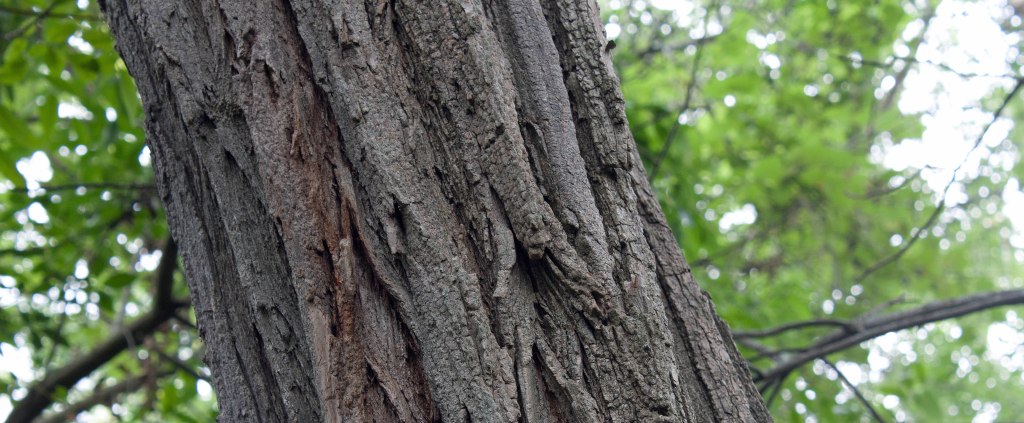






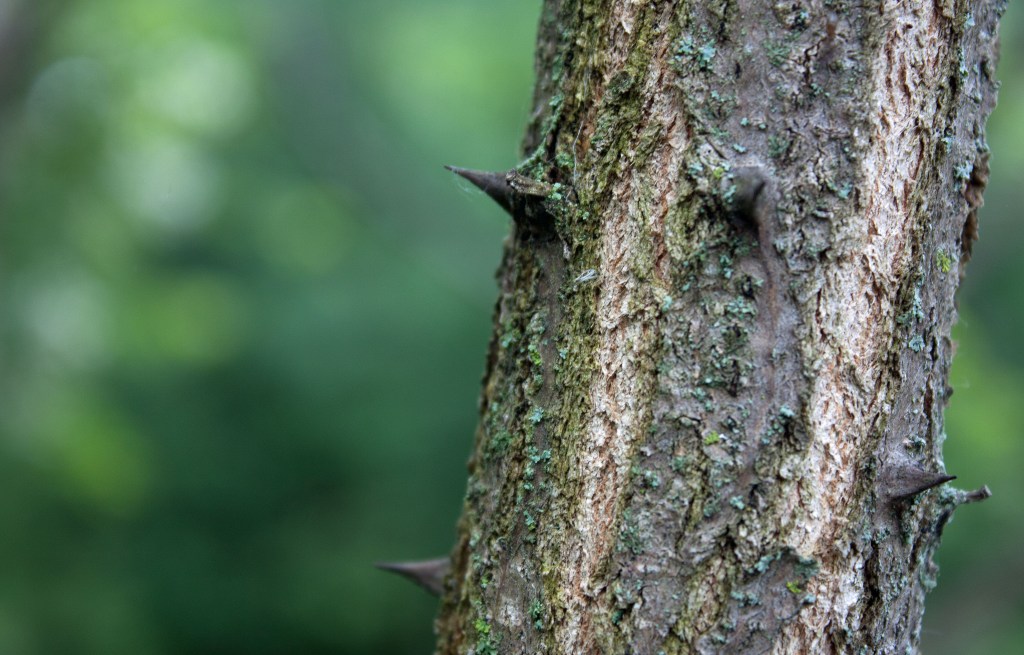


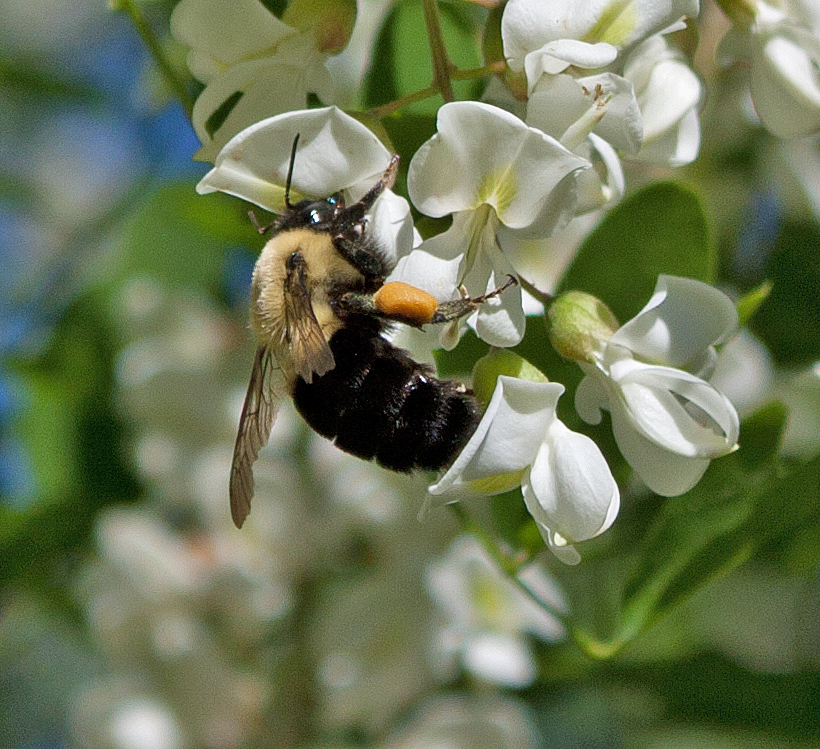






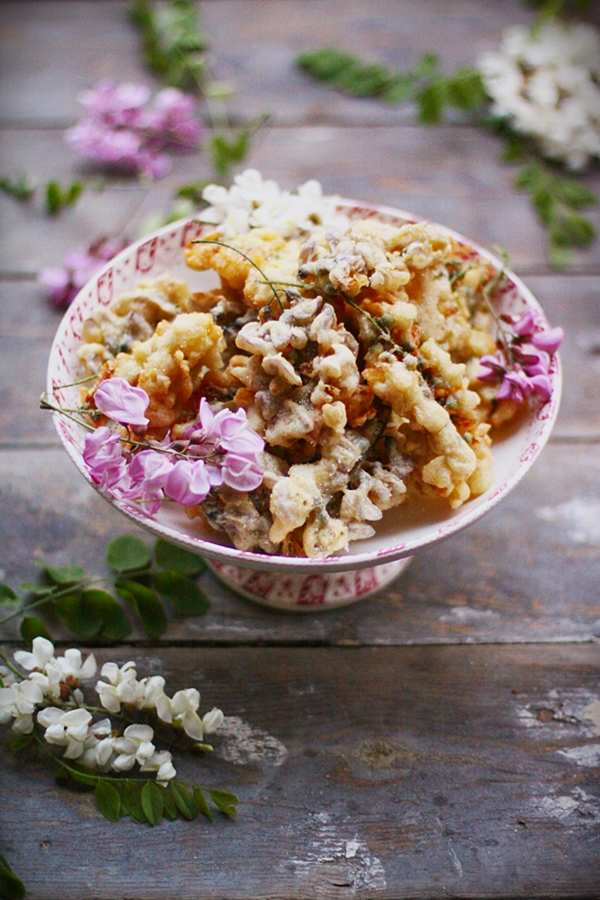
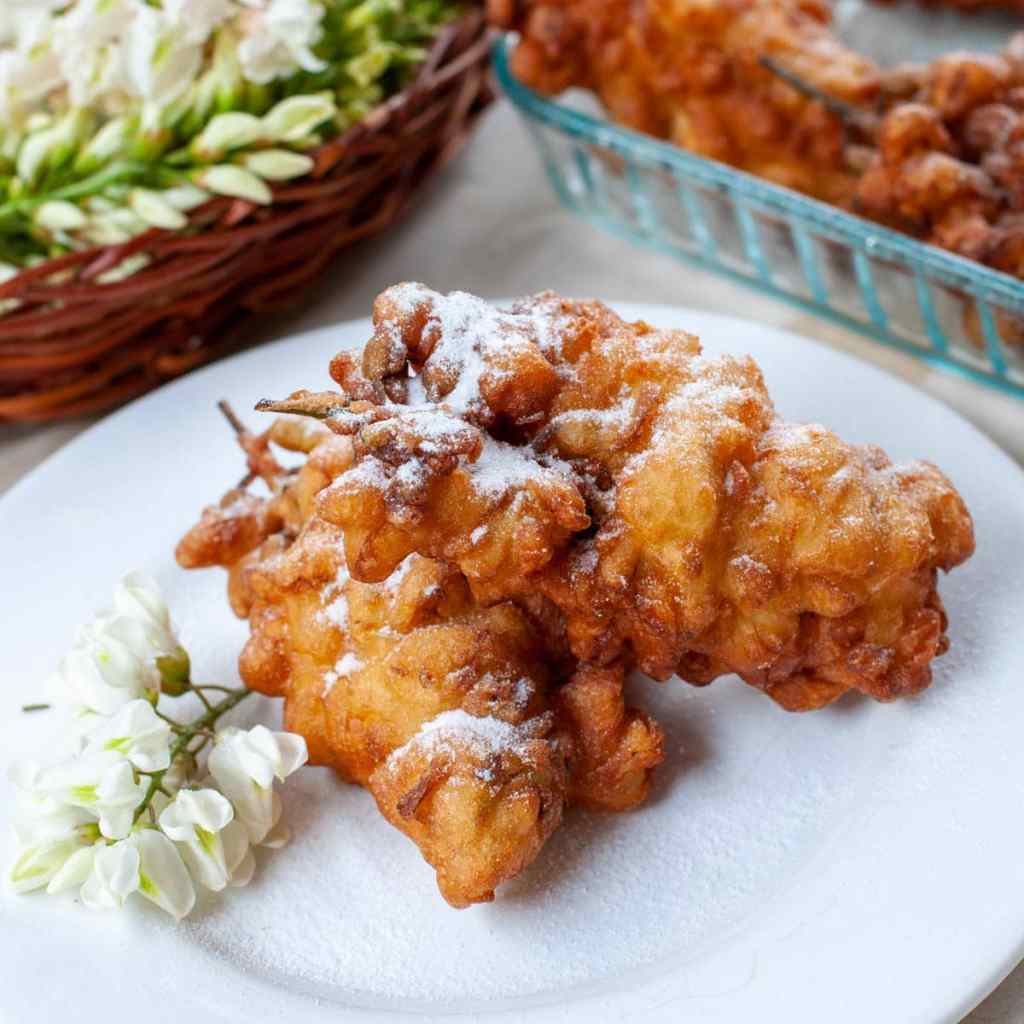

Great information!
I searched black locust and read a lot of basic facts.
Currently working with a few black locust on my land. I did not realize the great wood it is over the last several years of cutting falling and leaning trees. I now hope to use the parts of trunks I cut up. The sawmill will not cut older black locust, it’s too hard.
LikeLiked by 1 person
Interesting, Preston! Too hard, eh? That’s funny… Hope it all works out for you. Best, Nina
LikeLike